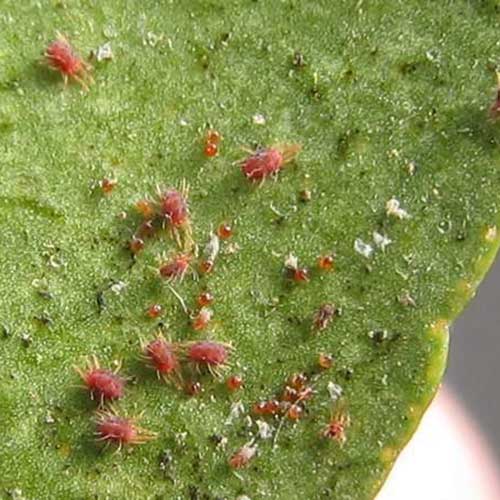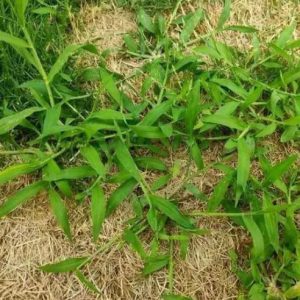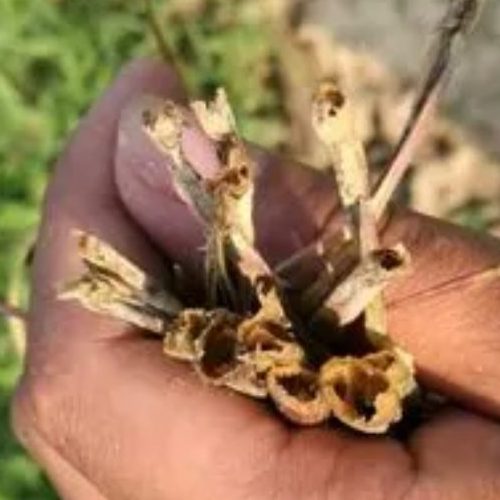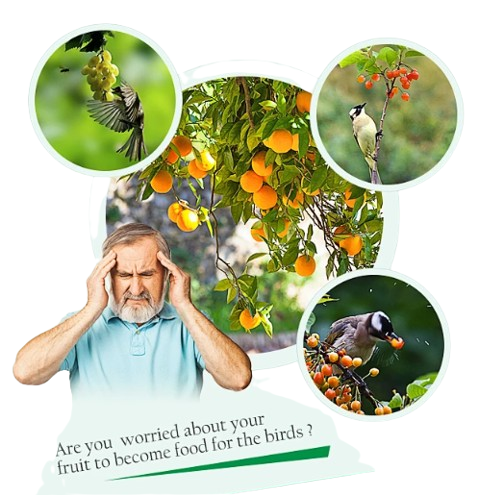
Shijiazhuang Youge Biotechnology Co., Ltd.: Only produces high-quality pesticide products to make farming easier for farmers around the world!
Product Catalog
Emamectin Benzoate
Spinosad
Bacillus thuringiensis
Spirodiclofen
Pyridaben
Etoxazole
Hexythiazox
Bifenazate
Propargite
Amitraz
Lufenuron
Thiamethoxam
Acetamiprid
Imidaclorprid
Nitenpyram
Flonicamid
Dinotefuran
Permethrin
Cypermethrin
Alpha cypermethrin
Beta cypermethrin
Fenvalerate
Lambda-cyhalothrin
Bifenthrin
Beta-cyfluthrin
Deltamethrin
Carbofuran
Carbosulfan
Methomyl
Carbaryl
Oxamyl
Chlorpyrifos
Dimethoate
Malathion
DDVP
Triazophos
Profenofos
Phoxim
Acephate
Fenitrothion
Diazinon
Monosultap
Cartap
Thiocyclam-hydrogen-xalate
Cyromazine
Pyriproxyfen
Tebufenozide
Buprofezin
Pyrethrins
Indoxacarb
Spirotetramat
Chlorfenapyr
Pymetrozine
Fipronil
Metaldehyde
Tebuconazole
Difenoconazole
Propamocarb
Penconazole
Mancozeb
Pyraclostrobin
Thiophanate methyl
Carbendazim
Chlorothalonil
Hexaconazole
Propineb
Dimethomorph
Propiconazole
Tricyclazole
Metalaxyl-M
Metalaxyl
Hymexazol
Copper oxychloride
Copper hydroxide
Benomyl
Flutriafol
Fosetyl-aluminium
Kresoxim-methyl
Triadimefon
Iprodione
Procymidone
Isoprocarb
Triadimenol
Streptomycin sulfate
Prochloraz
Fludioxonil
Prothioconazole
Boscalid
Thiram
Cymoxanil
Leave your message
A glyphosate-based weedkiller occupies an integral position among global herbicides.
Glyphosate Industry Background
In the field of genetically modified crops, soybeans and corn dominate, accounting for 78% of the global planting area of genetically modified crops. The United States, Brazil and Argentina lead the way in the cultivation of genetically modified crops, accounting for 43%, 18% and 15% of the global share respectively. At the same time, these three countries became major exporters of soybeans and corn. In April 2013, their soybean exports accounted for 38%, 38% and 11% of the global market respectively. Corn exports accounted for 23%, 22% and 22% respectively.
In 2012, the agricultural landscape changed significantly due to a severe drought in the United States. This natural phenomenon resulted in soybean yields reaching their lowest levels since 2003. Corn yields also hit their lowest level since 1995. As a result, global import demand shifts to South America. Soybeans and corn were highly profitable, reaching all-time highs of $435 and $476 per acre, respectively. Ultimately, this drove enthusiasm for planting in Argentina and Brazil. The surge in acreage further increases the demand for glyphosate. China’s glyphosate exports to Brazil and Argentina have increased significantly.


Market Dynamics And Export Trends
Explore the dominance of soy and corn in global genetically modified crop cultivation.
Analyze the market share of the United States, Brazil and Argentina in the cultivation of genetically modified crops.
Examines the key role these countries play as major exporters of soybeans and corn.
Impact of climate events on agricultural practices:
Investigating the impact of the 2012 U.S. drought on soybean and corn yields.
Emphasizing that global import demand subsequently shifted to South America.
Explore historical peaks in soybean and corn profits in Argentina and Brazil and their impact on planting incentives.
Taken together, the intricate interplay between climate events, crop yields and market dynamics highlights the complex pattern of glyphosate and GM crop cultivation globally. Heading into 2024, the outlook remains positive, with high demand expected to persist, making glyphosate a key player in the growing agricultural sector.Post navigation





